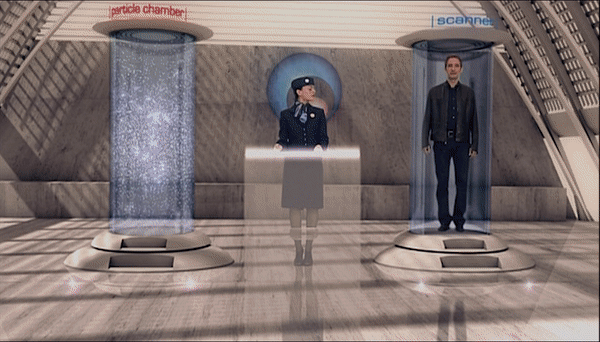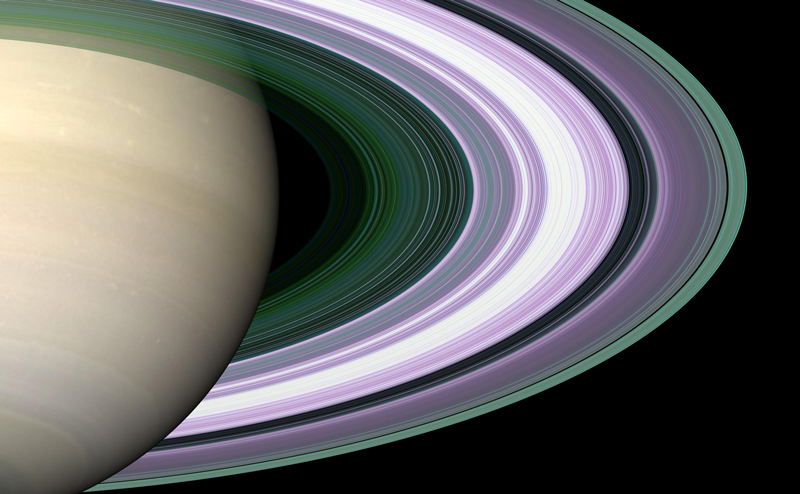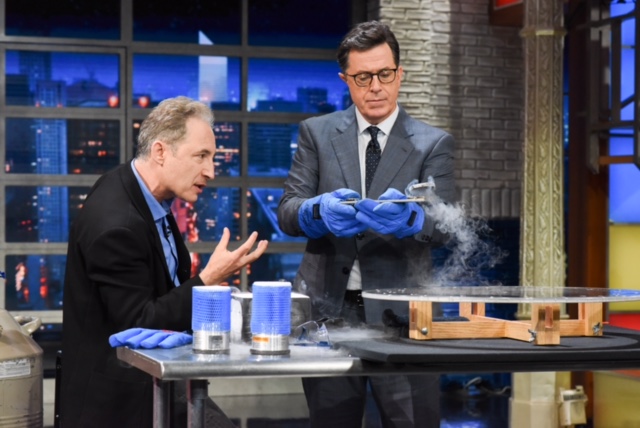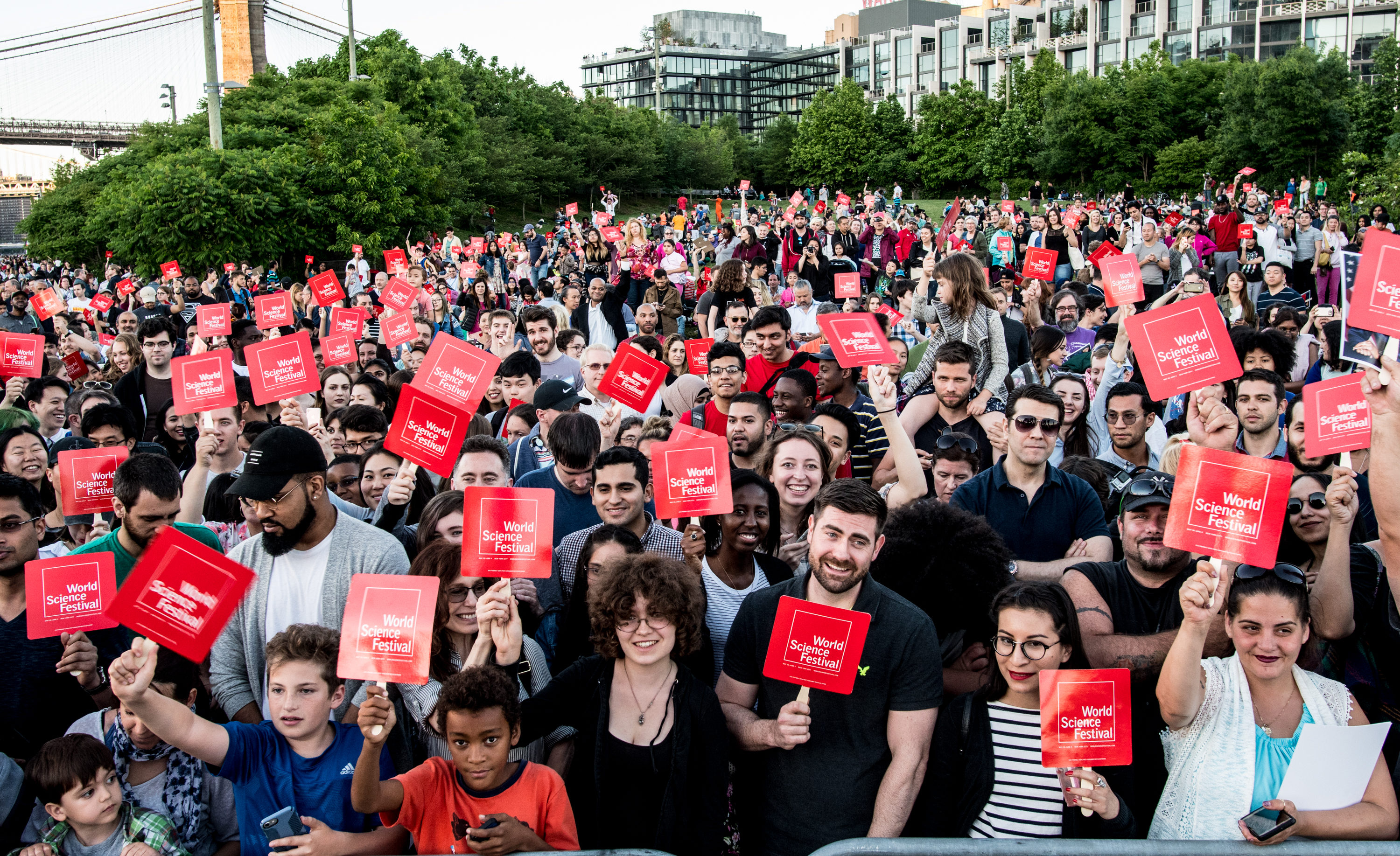Articles
When NASA launched the Cassini spacecraft to Saturn two decades ago, flip phones were the pinnacle of cellular technology and using the internet required tying up your phone line. In the last 20 years, our technological lives have been revolutionized, and so has our understanding of Saturn, its moons, and our solar system, thanks to Cassini and its probe, Huygens. Perhaps most exciting, the mission has given us new targets in the search for life beyond Earth: its data revealed that the icy surface of Saturn’s moon Enceladus is hiding a liquid-water ocean with hydrothermal vents, deep-sea features that, on Earth, are teeming with life.
Read More
We are deeply saddened by the passing on August 8, of our dear friend and longtime colleague, Beth Howard. Beth was a spectacularly talented and dedicated producer at the World Science Festival for nearly a decade. As Senior Creative Producer, she brought originality, leadership, vision, and excellence to everything she did. Her live event, film, and theatrical productions were memorable and many. We will treasure them for years to come. Perhaps our most enduring memories will be of Beth’s selflessness, humor, kindness, and resilience. While she was creating such magical projects, she was also battling cancer with enduring courage and grace. It never stopped her from tackling big, visionary projects, and it never compromised her boundless commitment to her work, her colleagues, her friends, and her family. We are heartbroken at the loss of such a unique and special soul.
Read MoreWhether it’s aurora borealis, horizon-spanning rainbows, or lightning storms, nature knows how to put on a good show. On August 21, 2017, everyone in the United States will get a chance to witness one of nature’s rarer displays, when the moon moves between the Earth and sun in what’s known as a solar eclipse. Want to see it for yourself? Check out our infographic for a full guide to this special event.
Read More
Earlier this week, Chinese scientists made a big announcement: they had teleported a photon from Earth to an orbiting satellite called Micius, the first time any object has been teleported into space. But don’t start making plans for that teleportation travel agency just yet. While this is a major scientific and engineering feat, it relies on properties that are relatively easy to manipulate at the quantum scale but, for now, prohibitively complex in our macro world. Specifically, it relies on a phenomenon known as entanglement, in which two seemingly separate entities—say, a pair of photons—can become intimately intertwined. Any action performed on one particle has an instantaneous affect on the other, no matter the distance between them. In quantum teleportation, physicists use an entangled link to map information from one particle onto its entangled partner, which effectively takes on the identity of the first. While this is done frequently on Earth, China’s accomplishment is the first time information has been sent via entanglement from Earth to space, marking a huge step toward the potential for quantum communication satellites and new forms of information security. You can listen to Brian Greene discuss the topic further on NPR’s Morning Edition
Read MoreBrian Greene joined Stephen Colbert on The Late Show to celebrate the 90th anniversary of the double-slit experiment with a lesson on quantum physics (plus some actual levitation!)
Read MoreThe 2017 World Science Festival unleashed mind-blowing moments like we’ve never seen before. More than 628,000 people attended over 70 events that spanned six days and all five boroughs in New York City. Luminaries from the arts and sciences opened the Festival with a star-studded celebration of the cosmos. Over 200 participants tackled some of science’s toughest questions through main stage discussions and intimate salons. Girls had the chance to tour women-run labs across New York City, while pioneering women in science led conversations about the future of space exploration and the preservation of our oceans. Science in the Square advanced the climate change conversation at the crossroads of the world: Times Square. Students and working biologists counted fish throughout the New York waterways. Astronauts joined families in Brooklyn Bridge Park to reach beyond our known universe. And thousands watched live programs online and added to the conversation, thanks in part to more than fifty WSF Live partners.
Read More













